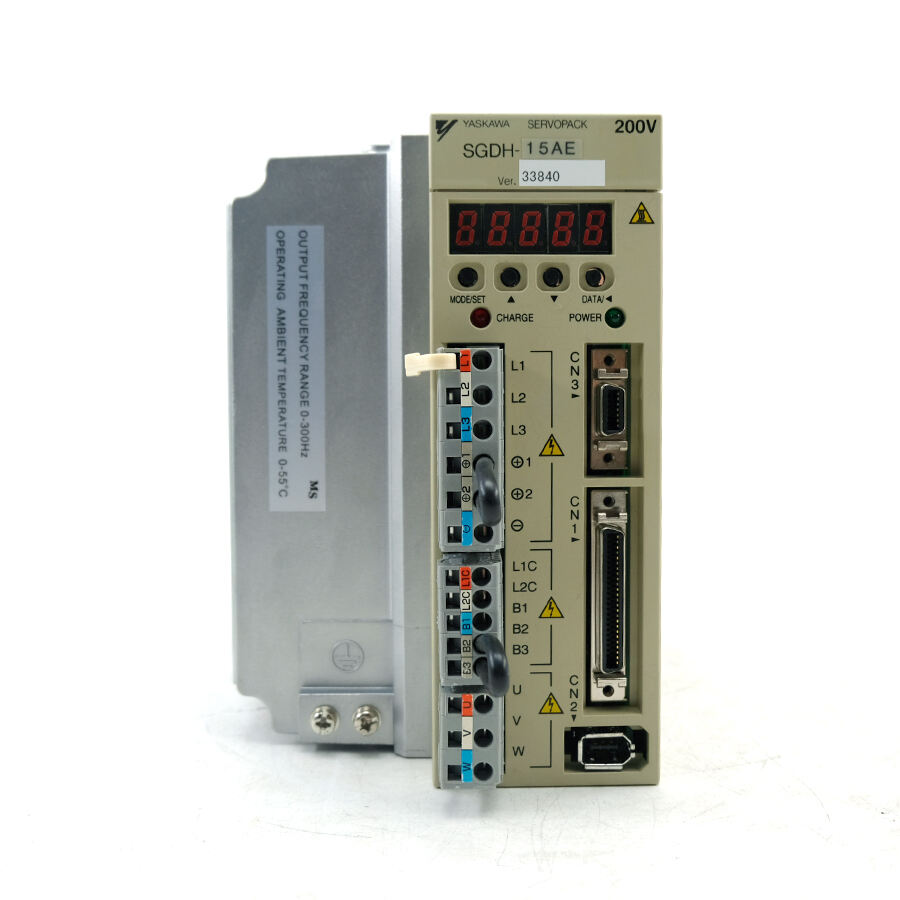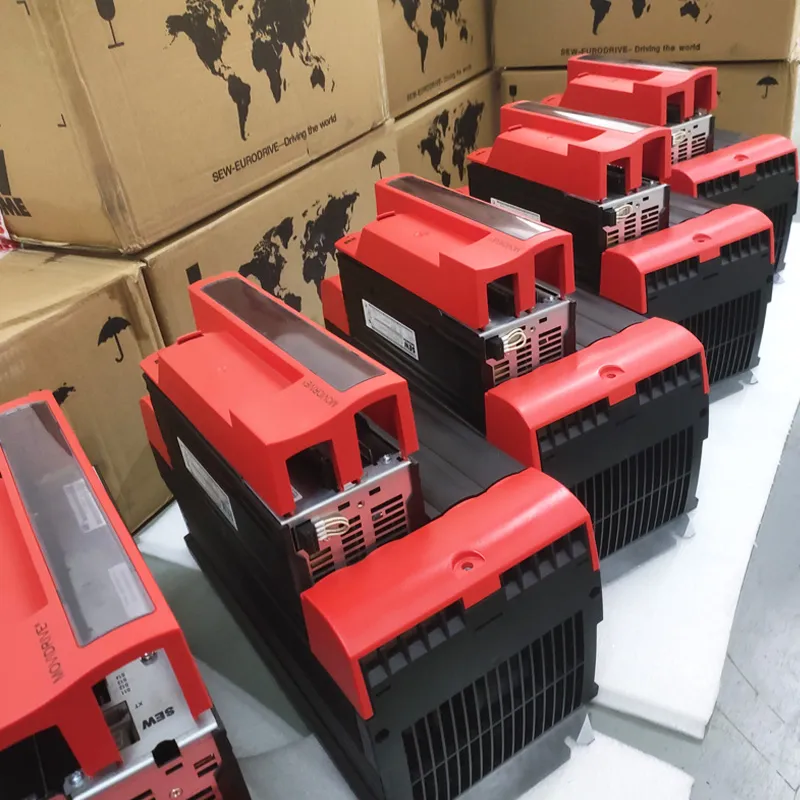rotary encoder
A rotary encoder is a sophisticated electromechanical device that converts angular position or motion into digital signals. This precision instrument operates by detecting rotation through the use of optical, mechanical, or magnetic sensing mechanisms. The device generates electrical pulses that correspond to incremental angular movements, allowing for accurate measurement and control of rotational motion. Modern rotary encoders come in two primary types: incremental encoders, which track relative movement, and absolute encoders, which provide unique position values. These devices feature remarkable resolution capabilities, with some models able to detect movements as precise as fractions of a degree. The technology incorporates advanced sensing elements, robust housing designs, and sophisticated signal processing circuits to ensure reliable operation in various environmental conditions. Rotary encoders serve as crucial components in numerous applications, from industrial automation and robotics to consumer electronics and automotive systems. They enable precise motion control, position feedback, and speed monitoring, making them indispensable in modern machinery and equipment. The device's ability to maintain accuracy over extended periods and withstand challenging operating conditions has made it a cornerstone of modern motion control systems.

